Théophile Marie François Lybaert, born June 14, 1848 in Ghent where he died on the 28 May 1927, is a Belgian painter and sculptor. He began his career as a painter of genre scenes and orientalist subjects. He then painted subjects from national and international history, military life and the Bible. He is best known for his religious paintings executed in an archaic Gothic style that draws on 16th-century models from Northern European masters such as Hans Memling and Albrecht Dürer. These works earned him the name “modern Gothic” or “contemporary Memling”. In a final period from the 1910s onwards, he developed towards an eclectic style incorporating symbolism. Théophile Lybaert was born in Ghent as one of three sons of Jan Baptist Lybaert and Marie-Louise Coppejans. His father was an alumnus of the Royal Academy of Fine Arts in Ghent and a heraldic and decorative painter. His father also compiled a notebook containing anecdotes about Ghent painters of the 19th century, published only in 1998. Lybaert married Justine-Marie Temmerman on May 14, 1887. The couple had no children. From an early age, Théophile Lybaert received initial artistic training in the workshop of brothers Paul and Félix De Vigne, respectively a sculptor and a painter who worked in the so-called troubadour style. In 1862 he enrolled at the Royal Academy of Fine Arts in Ghent where he studied under the Belgian history painter Théodore-Joseph Canneel. He is a brilliant student and wins a number of prizes, including for drawing and anatomy. He exhibited for the first time in 1868 at the triennial exhibition in Ghent. His painting of Christ was not well received. In order to earn a living, Lybaert then painted trivial portraits and genre scenes for the American export market. In 1874, he traveled to Paris where he studied under the eminent orientalist artist Jean-Léon Gérôme. He probably also spends time in North Africa for his studies. On his return to Ghent in 1878, he first became a renowned painter of oriental subjects. However, these paintings did not bring him the hoped-for success and even exposed him to criticism that he was only an imitator of the first orientalists. He then abandoned genre painting in favor of portraiture and history painting. He created large paintings of historical subjects such as The Alhambra Palace after the Execution of the Abencerrages and The Adoration of the Emperor Caligula, which he sent to international exhibitions. These works earned him critical recognition. A religious painting representing the Virgin of Ghent (Groeningemuseum, Bruges) exhibited at the Ghent Salon in 1883 was even more warmly received. From then on, Lybaert decided to concentrate on religious themes, which expressed his own Christian convictions and his admiration for the artists of the 16th century. A trip to Germany allowed him to study the works of Dürer. The artist gradually built an international reputation. He received prizes at the Paris, Montpellier and Hamburg trade fairs. At the Caracas Salon of 1884, he received the Order of the Liberator by the government of Venezuela. His reputation was largely established thanks to the numerous reproductions of his works which circulated during his lifetime. His work is particularly well received in conservative Catholic circles. The Vatican commissioned a Virgin and Child Jesus from the artist. The French Catholic writer Charles Buet wrote a pamphlet entitled A Gothic Modern about the artist and sang his praises. Lybaert obtains orders for large fresco projects in various churches in Belgium. He painted the Stations of the Cross in St Anne's Church and St Sauveur's Church in Ghent. In the Sainte-Anne church he takes over from his master Canneel who began the decorative project but died before he could finish. Lybaert is active in the cultural life of his hometown and has a seat on the provincial commission for the protection of monuments and the commission for the Ghent Museum of Fine Arts. Lybaert continues to be active as an artist in his old age. He died in Ghent on May 28, 1927.









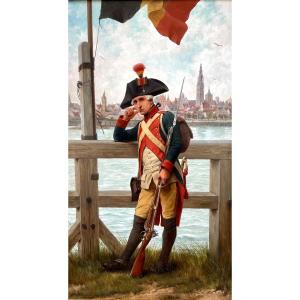









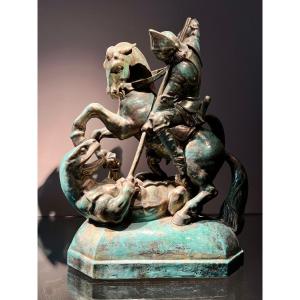
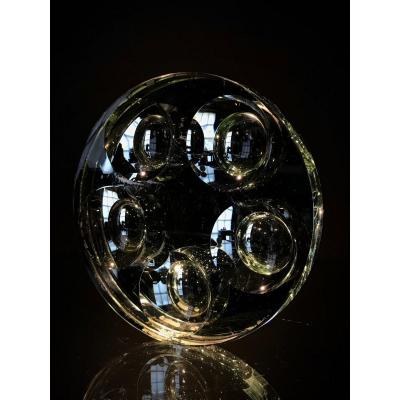
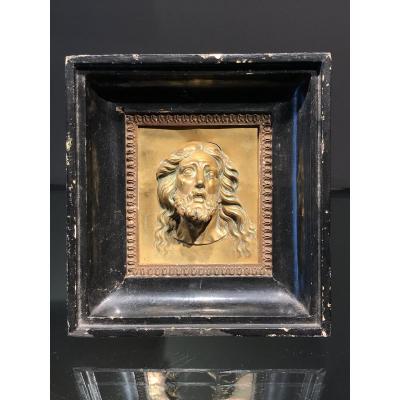


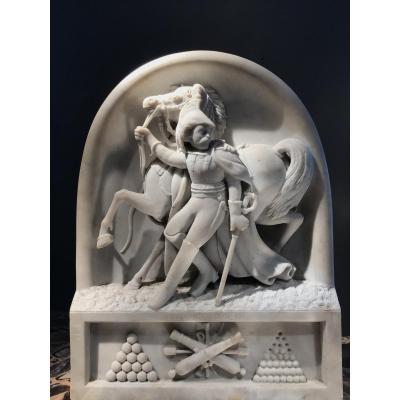

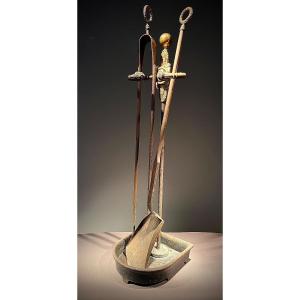

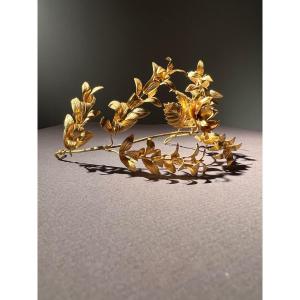

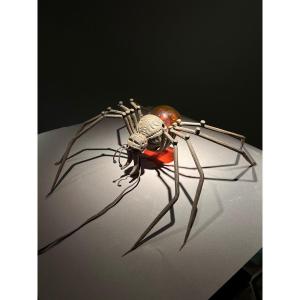
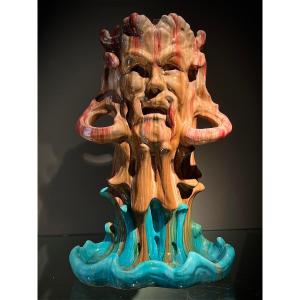
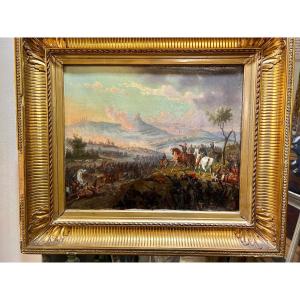
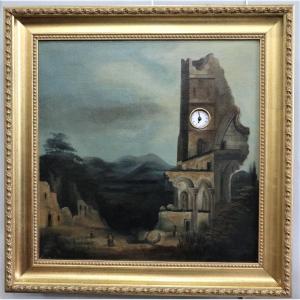
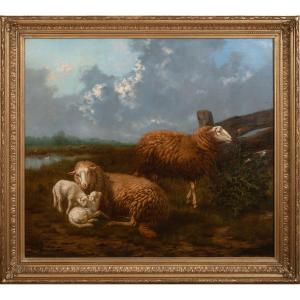
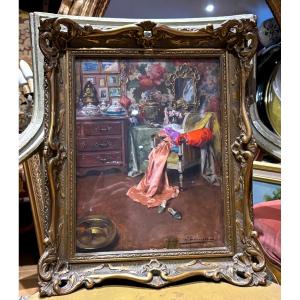




 Le Magazine de PROANTIC
Le Magazine de PROANTIC TRÉSORS Magazine
TRÉSORS Magazine Rivista Artiquariato
Rivista Artiquariato